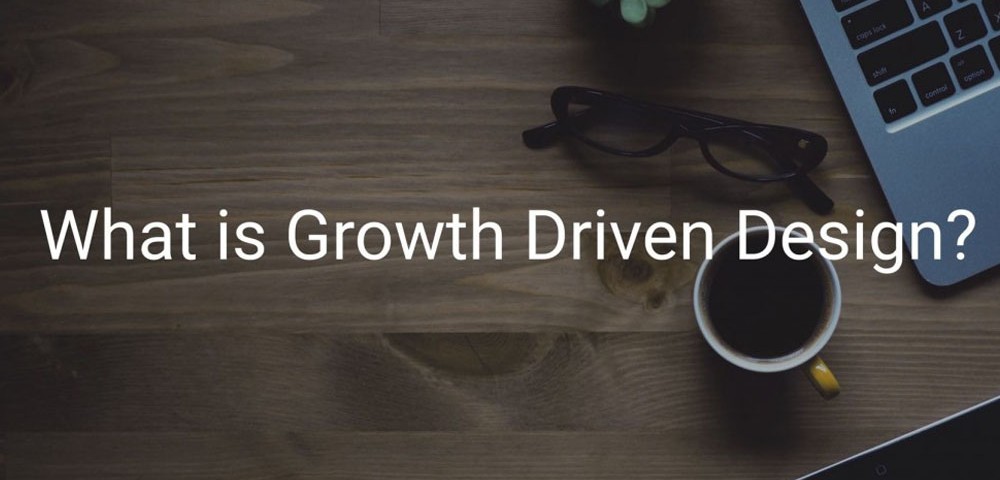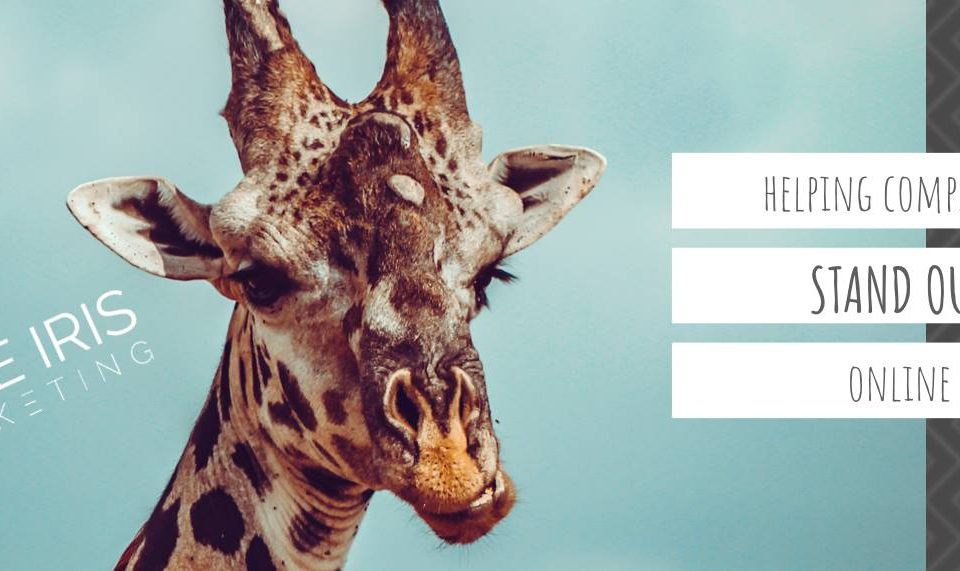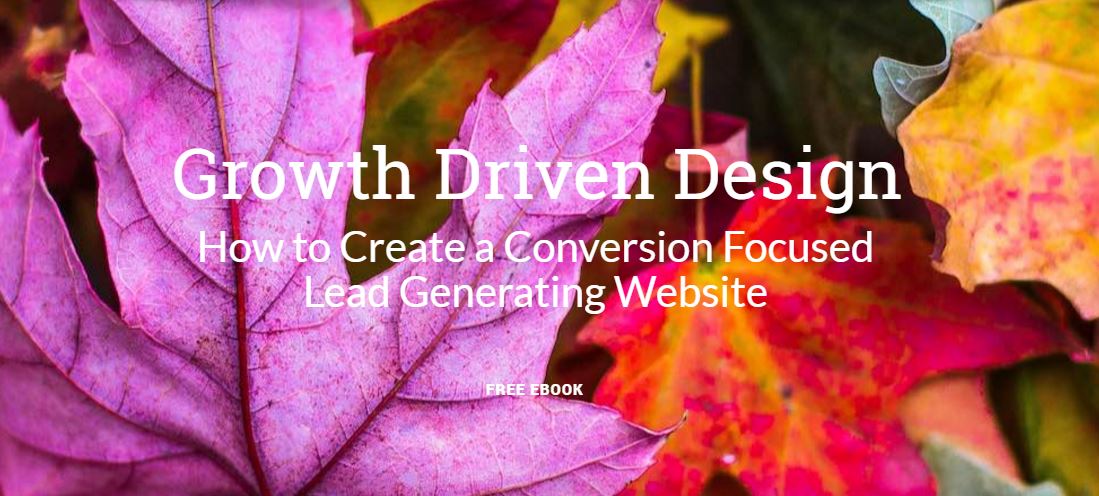What is Growth Driven Design

Google Launches The New Mobile Friendly Update
May 20, 2016Growth Driven Design – How to Create a Conversion Focused Website
June 9, 2016What is Growth Driven Design?
Why You Need to Read this Before You Spend Another Dollar on Your Website
Traditional Web Design Is Broken. A website is one of the most important assets a business can own. If you have a business and don’t have a conversion-centric website, you are missing revenue and new client opportunities. The same holds true if your customer’s needs have evolved and your content and features have not. Nothing reflects worse on a brand than a static, unchanging website that does not meet your visitor’s expectations. The Growth Driven Design approach eliminates any chance that your website could possibly under-perform.
“Yeah?” You say! “What is Growth Driven Design and how is that possible?” Follow me for about 3 minutes. I’ll show you why and how the Growth Driven Design process is the only way to approach website development or a website redesign.
A website is of tremendous importance in establishing credibility with your audience. Your website is the first place inquiring buyers look at. All of your marketing efforts evolve from your website. If your website isn’t answering the questions your buyer will have tomorrow, it is time for an update. If your buyer were going to grade your website based upon how well it provided:
- Information to help them understand their problem (think… “I don’t feel well… do I have allergies or tonsillitis?”) or what they need based upon their symptoms
- Content and downloads to help them understand what approach or method will best resolve their symptoms
- Conversion opportunities – does your website have effective content and calls-to-action to help convert your visitor to a lead and ultimately to a customer?
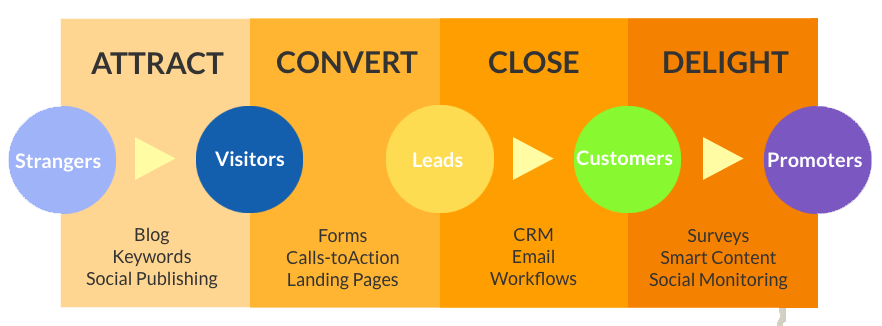
Depending on how outdated your site is, your best approach could be a complete redesign.
The traditional approach to website redesign can be overwhelming and stressful. It takes time, expertise and resources to build a high-quality website – one that is responsive, dynamic, fast-loading, optimized for SEO, has adequate design and provides relevant, useful content and a good user experience. That’s a mouthful!
The traditional approach to redesign can carry risks – huge upfront costs, domain and page authority could take a dive, declining search engine rankings, leads, poor conversion potential, failure to make the deadlines, subjective design and more time and money than you anticipated.
Growth Driven Design Eliminates Traditional Design Burdens
Growth Driven Design (GDD) is essentially the practice of ongoing, phase-by-phase conversion- and customer-centric, data-driven website development. Why? There’s only one driving reason –
Increase leads, conversions and loyal followers.
This approach minimizes the risks of traditional web design. GDD methodology is a completely revolutionary approach and way of thinking about building and growing your online business and the face of your brand. It doesn’t have a finite beginning nor end like the traditional web design.
There’s no big “launch” day – or deadline disappointments.
As opposed to approaching it as a finite project with a big launch, GDD is a continuous cycle of design – 1) research 2) strategy 3) design and development 3) data analysis and measures 4) learn and improve – rinse and repeat.
Growth Driven Design is focused on maintaining a relevant (industry and design), fresh, conversion optimized website. It is a smarter, more agile and data guided approach.
There are three main principles:
- Minimize the risk of website redesign – GDD minimizes the risk associated with traditional web design by taking a systematic approach to shorten the time to launch, focusing on real impact and keeping your website in a constant state of growth.
- Continuously learn and improve – GDD is focused on creating results by delivering what users want. It’s an ongoing process where the updates are based on user data, page performance and a deep understanding of how your company is growing. Every feature has a purpose on a GDD site. Only through continuous testing and improvements will your website reach maximum performance.
- Growth Driven Design is aligned with Marketing and Sales – Growth Driven Design is designed to work with your marketing and sales team. It is important that the goals of your marketing and sales team are aligned and synchronized appropriately throughout every phase of your GDD process. This synchronicity also includes all of your inbound marketing initiatives. It is important that all teams are aware of what strategies and tactics are working and where improvements are needed to achieve greater results.
Benefits of Growth Driven Design
Some of the core benefits of Growth Driven Design over traditional design are:
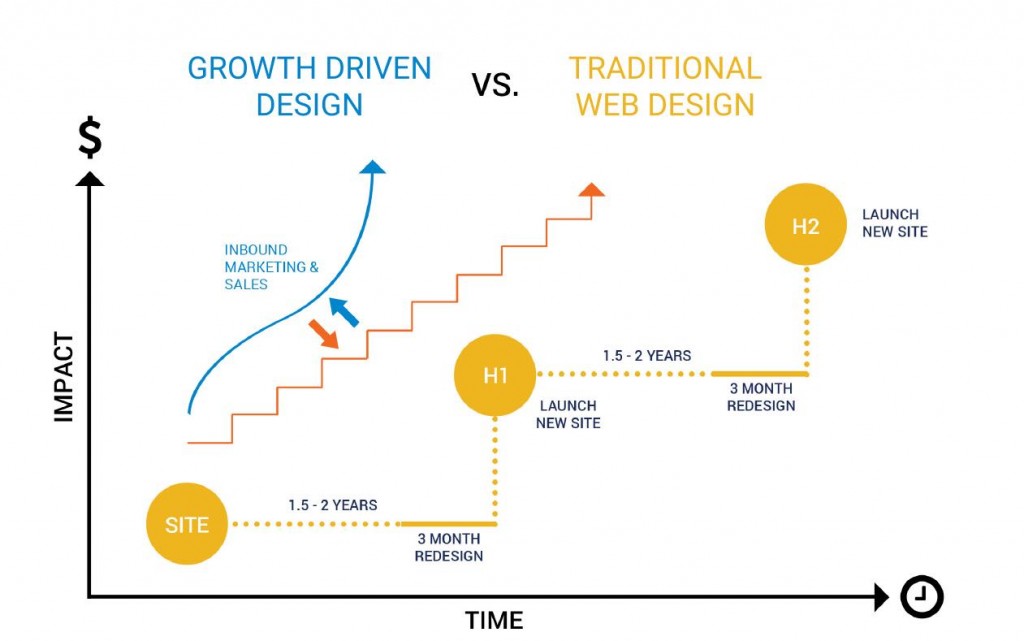
Quick Launch – Deciding what features, functions, and offerings your final website should have can be a daunting task. Growth Driven Design sets up the foundation of your conversion-centered website quickly. The foundational elements are the core pages of your online business. We call this the core of your website. While at first, it might seem limited, this approach will enable you to launch a lead-centered, conversion-driven website more quickly. It allows us to quickly move into the testing and experimentation phase. The vast majority of launch pad websites takes between 4-8 weeks to launch.
Prior to launching the core, the strategy that drives subsequent phases has been developed and approved. Before the second phase is completed, the data and improvement measures for the core are identified and scheduled for completion. This process of implementation, analysis and performance updates is cyclical.
Cost-Efficiency – The average small to medium-sized business (SMB) website typically costs anywhere from $15,000 – $80,000. It is a substantial one-time payment, which can be difficult to fit into your company’s budget. Furthermore, there are additional costs of hosting, backups, security and maintenance.
Growth Driven Design doesn’t have a final launch or completion date. Instead of a huge one-time payment, GDD engagements are set up on recurring payments. This allows you to keep working with highly experienced and professional developers, designers, copywriters and branding strategists who will keep your website fresh and performance optimized. This is certainly more cost-efficient than hiring your own team and you won’t become victim to scope creep.
Measurable Results – The problem with traditional web design is that new websites are usually built based on the previous experience of website designers. That means that this type of redesign is pretty much tied to a dated design and guesswork. Nearly 4 in 10 businesses that went the traditional web redesign route in the last 18 months did not track nor measure any form of metrics.
GDD measures everything. It incorporates the heavy use of qualitative and quantitative analytics on a monthly and sometimes weekly basis. Based on these measurements you can determine which segment of your website is not performing well and what you can do to make it better. You can learn more about your visitors, who they are and what they most commonly do on your website.
Constant Incremental Change – Traditional websites are usually static and resistant to change. However, with Growth Driven Design your website is constantly changing – from landing pages, Call-to-Action placement, to web page content. Buttons that do not deliver are promptly eliminated, while highly successful forms and calls-to-action are retained and possibly improved. Since these targeted, purposeful and incremental changes are conducted so frequently, your website continuously progresses without becoming stagnant; giving your visitors more of what they want and less of what they don’t.
Your website is your biggest living marketing asset. It should be outselling your industry’s best sales person. It should be driving and achieving your organizational goals and meeting the needs of your audience. By utilizing the Growth Driven Design process, you will be able to take an iterative and agile approach to website development and improvements minimizing the pitfalls of traditional web design and creating a better user experience and a more efficient path to conversion.
Learn more about Growth Driven Design
Discover how it can help you build a smarter, faster and more affordable business!
Download our FREE eBook Today!

